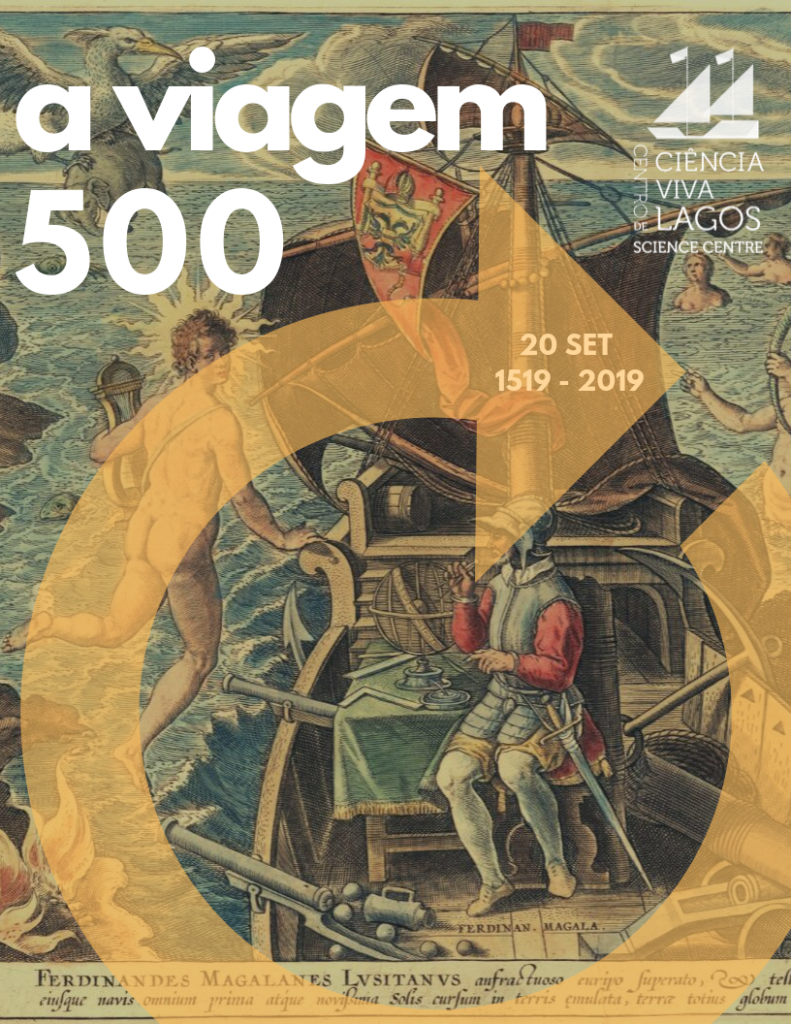The Centro Ciência Viva de Lagos will be present at the commemorations of the 500th anniversary of the departure of Fernão de Magalhães, on 20 September 1519, this Friday at the Pavilhão do Conhecimento, in Lisbon.
In addition to its 10-meter modular Caravel model, the Algarve CCV will be present with a new scenographic installation, called “A Viagem”.
“Around our 10-metre Caravel, the Center decided to build a scenography alluding to the enormous adventure that was Fernão de Magalhães' circumnavigation voyage”, explains Luís Azevedo Rodrigues, director of the Centro Ciência Viva de Lagos.
“We will have large size maps of the height, so that people can better feel the lack of information that the navigator had before discovering the strait that allowed him to reach the Pacific for the first time. In this small outdoor exhibition, we will also have an astrolabe weighing around 100 kilos and various representations of Magellan's legacy, of penguins and nebulae named after him”, added the official.
The Lagos Living Science Center will be one of several institutions, including universities and research centers, which will be present throughout the 20th of September, outside the Pavilion of Knowledge, in Lisbon, in activities for schools and for the public in general.
“We took advantage of the challenge of the Regional Directorate of Culture of the Algarve, which, once again, supports us to promote the festival A Nova Escola de Sagres, to enrich and dedicate this year's edition to the great Portuguese navigator”, said Luís Azevedo Rodrigues.
Thus, as part of the DiVam program, promoted by that Regional Directorate, CCV Lagos will take its actions to the Sagres Fortress, on the next 27th and 28th of September.
Magellan's voyage, the first to sequentially link the Atlantic and the Pacific, is a true scientific expedition. In addition to traveling in what were, at the time, five of the best examples of nautical technology, the fleet carried on board instruments, specialists, such as cartographers and astronomers, and, above all, their observations were methodically recorded.
“Finally, analogous to current scientific research. It is these observations, records and detailed calculations of the circumnavigator's voyage that will definitively give a real size to the Earth», explains CCV Lagos.



















Comments